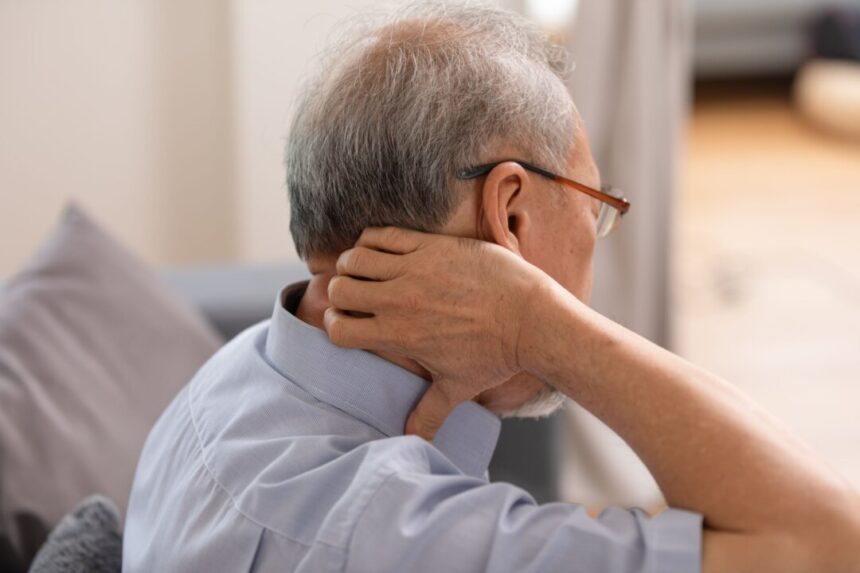Non-radiographic spinal analysis offers a quick way to assess the body’s posture without the need for X-rays, MRIs, or CT scans. This technology utilizes a special camera and AI-enhanced reporting software to provide immediate results without any negative effects on the body. By incorporating this non-radiographic technology, individuals with posture issues can benefit greatly. Posture and balance decline with age, leading to instability and falls, but with this new technology, early evaluation of posture can make a significant difference.
The introduction of a new non-radiographic spinal analysis technology in the United States by Moti Physio is a breakthrough. This technology uses a four-dimensional camera sensor along with interpretation from an AI database of over 370,000 spinal scans. Julia Worrall, CEO of 360° Health International, promotes this device as a state-of-the-art solution that can rapidly assess the entire body’s posture. By integrating this technology into regular health assessments, not only are prevalent health issues addressed, but also their economic repercussions are mitigated.
The benefits of this RGB-D posture analysis technology are numerous. It is non-radiographic, allowing patients to remain clothed during the assessment. The results are immediately understandable, allowing for the design of a treatment plan on the first visit. Multiple scans can show the effectiveness of treatment over time, leading to positive outcomes for patients involved in their treatment plan. This technology is used by various practitioners such as chiropractors, physical therapists, dentists, balance specialists, and fitness coaches. Additionally, it shows excellent correlation with spinal X-ray images.
Posturology, the scientific and clinical discipline that studies posture from neurophysiological, biomechanical, and psychosomatic perspectives, emphasizes the importance of maintaining good posture. Good posture helps align bones and joints properly, decreasing muscle fatigue, back pain, and stress on the spinal cord and nervous system. Factors like genetics, occupation, lifestyle habits, and chronic disorders can directly impact an individual’s posture, leading to complications like back pain, joint degeneration, rounded shoulders, headaches, and more.
Balance is closely related to posture, as changes in posture affect balance and vice versa. The cerebellum manages both posture and balance, with neuromuscular imbalances affecting posture and triggering appropriate motor responses to restore balance. Recent studies have shown that factors like tongue and jaw position can influence body posture, highlighting the intricate connection between posture and balance.
Maintaining balance is crucial for overall health, and issues with balance can arise due to various factors like low blood pressure, medications, inner ear infections, head injuries, diseases, muscle weakness, and more. A healthy diet rich in essential nutrients, along with regular exercise like yoga and Pilates, can help strengthen muscles and support a strong skeletal system. Additionally, stimulating the deep peroneal nerve in the foot can improve stability and prevent falls.
While there are some drawbacks to existing posture analysis methods, the introduction of RGB-D technology offers a promising alternative. Continuous evaluation and integration of posture scans into the database will enhance the validity and reliability of this new technology. Overall, non-radiographic spinal analysis technology provides a safe and effective way to assess posture and improve overall health and well-being.
Source link





